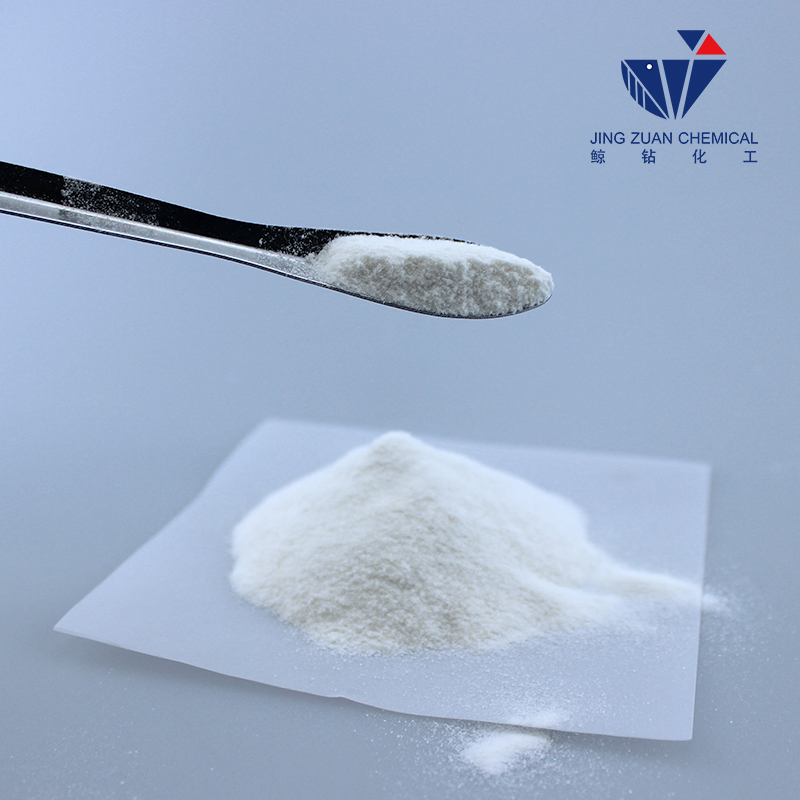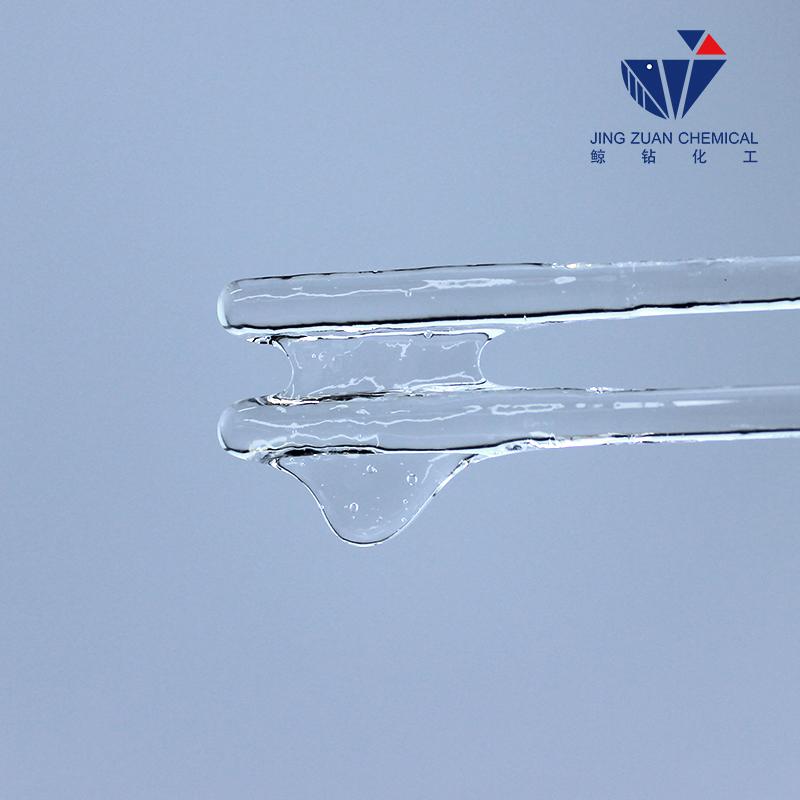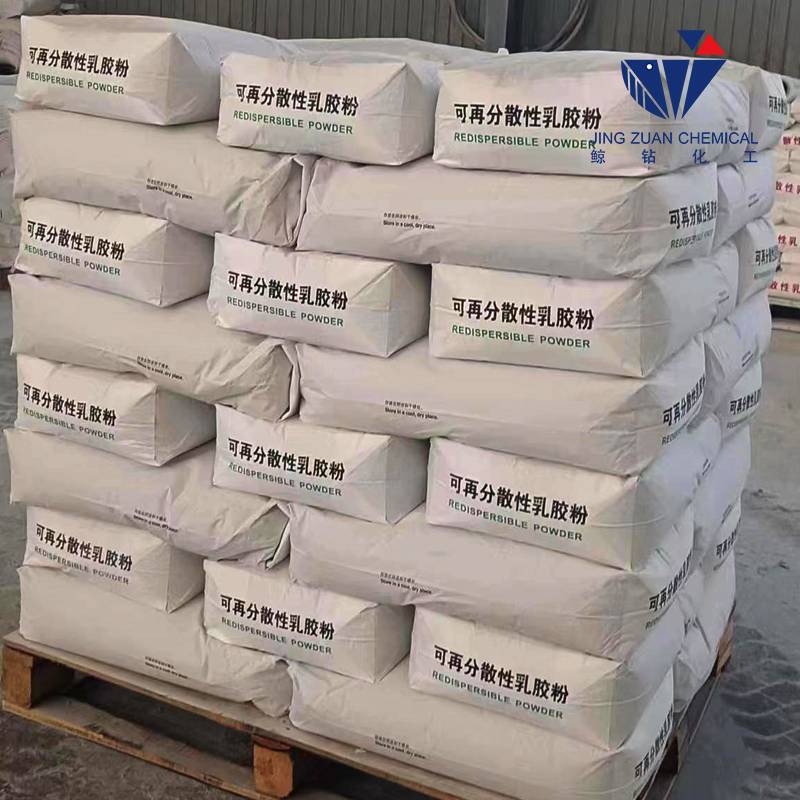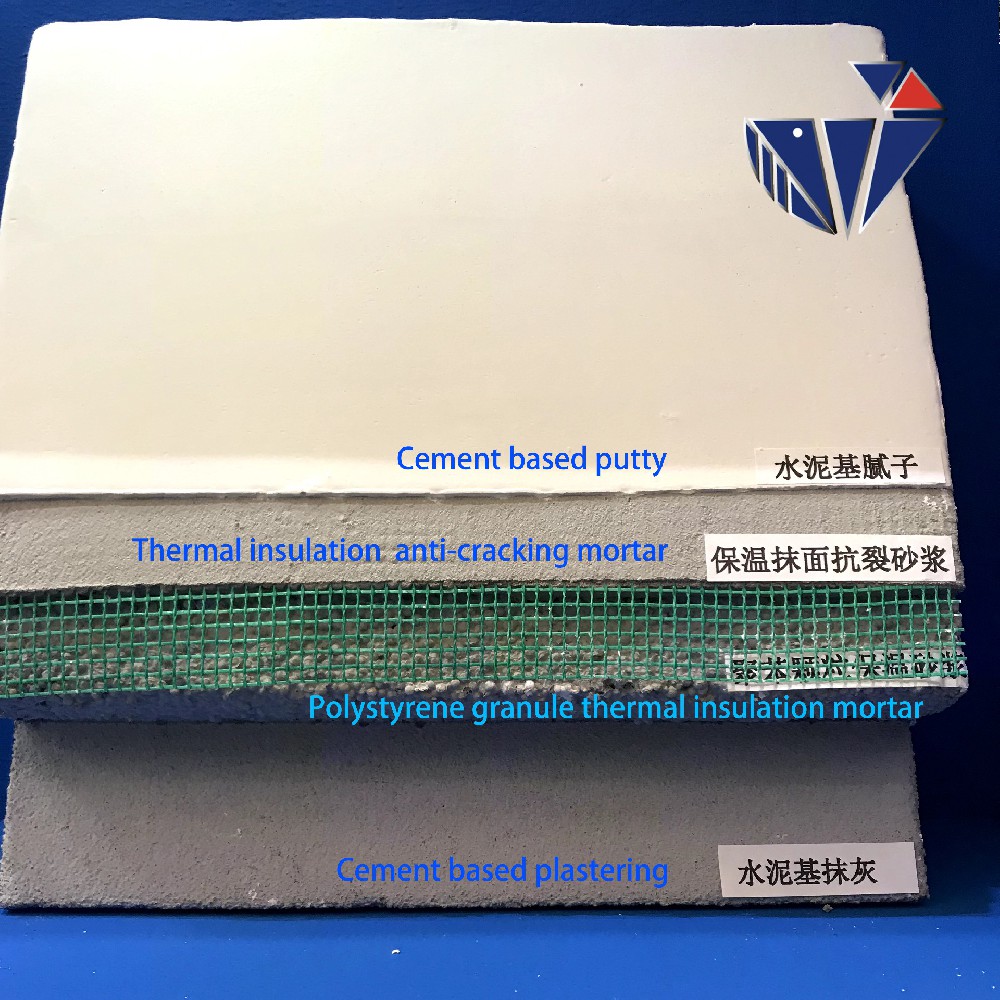
ಮೇ . 16, 2025 17:33 ಪಟ್ಟಿಗೆ ಹಿಂತಿರುಗಿ
Hec Cellulose Cellulose: Multi functional dispersants and high-efficiency thickeners
Hec Cellulose Cellulose is a non-ionic water-soluble polymer that uses cellulose as its backbone and introduces hydroxyethyl substituents through hydroxyethyl etherification reaction. This unique structure endows Hec Cellulose with excellent water solubility, thickening, stability, and dispersibility, making it widely used in many industrial fields, especially in dispersants and thickeners, where Hec Cellulose exhibits outstanding advantages.

As a dispersant, the mechanism of action of Hec Cellulose is mainly reflected in the following aspects
Firstly, methyl hydroxyethyl cellulose molecules can adsorb onto the surface of dispersed phase particles, forming a protective layer. This protective layer can effectively prevent particle aggregation and maintain the stability of the dispersed system through steric hindrance effect. Secondly, the water-soluble groups of Hec Cellulose can form hydrogen bonds with water molecules, enhancing the affinity between dispersed particles and water phase, thereby improving the uniformity and stability of the dispersion system. In addition, Hec Cellulose can also improve the suspension performance of the dispersion system by changing the viscosity of the system, slowing down the settling speed of particles. For example, in the coatings industry, Hec Cellulose is widely used for pigment dispersion, preventing pigment settling and clumping, ensuring the uniformity and coloring power of coatings. In the ceramic industry, Hec Cellulose can improve the suspension of glaze, prevent glaze precipitation, and ensure the flatness and glossiness of the glaze surface after firing.
The mechanism of action of Hec Cellulose as a thickener depends on the entanglement and interaction of its polymer chains
Hydroxyethylcellulose based molecules can form a three-dimensional network structure in water, significantly increasing the viscosity of the solution. The thickening efficiency of Hec Cellulose is influenced by many factors, such as molecular weight, degree of hydroxyethyl substitution, concentration, as well as the pH and temperature of the solution. Compared with traditional inorganic thickeners, Hec Cellulose has better stability, solubility, and thixotropy, does not cause flocculation and precipitation of the system, and can endow the product with better rheological properties. In daily chemical products, Hec Cellulose is widely used as a thickener in shampoos, shower gels, etc., to improve the feel and user experience of the products. In the pharmaceutical industry, Hec Cellulose can be used to formulate various drugs, control the release rate of drugs, and improve the efficacy of drugs.
In summary, hydroxyethyl cellulose, with its unique molecular structure and physicochemical properties, can simultaneously exert dispersing and thickening effects. As a dispersant, it can effectively prevent particle aggregation and improve the stability of the dispersion system; As a thickener, it can significantly increase the viscosity of the solution and improve the rheological properties of the product. Therefore, Hec hydroxyethyl cellulose has broad application prospects in the fields of coatings, ceramics, daily chemicals, pharmaceuticals, etc. With the continuous development of technology, the application areas of Hec cellulose will be further expanded, bringing greater benefits to related industries. However, in practical applications, it is also necessary to fully consider the performance characteristics and scope of application of Hec Cellulose, select appropriate models and dosages, in order to fully exert its dispersing and thickening effects and achieve the best application results.
Hec Cellulose Cellulose FAQs
What are the main uses of Hec Cellulose in industry or pharmaceuticals?
Hec Cellulose Cellulose is commonly used as a thickener, dispersant, and stabilizer. In coatings, cosmetics, building materials, and pharmaceutical formulations, it can increase the viscosity of the system, improve suspension stability, and prevent particle settling. In the medical field, Hec Cellulose can be used in eye drops, gel and topical preparations to provide appropriate rheological properties.
What is the difference between Hec Cellulose as a thickener and HPMC (Hydroxypropyl Methyl Cellulose)?
Hec Cellulose and HPMC are both non-ionic cellulose ethers, but Hec Cellulose has better water solubility, especially in cold water, and is not affected by ionic strength, making it suitable for high salt systems. HPMC has thermal gel property (gel is formed after heating), while Hec Cellulose has no such property. In addition, the thickening efficiency of Hec Cellulose is usually higher, but its film-forming ability is not as good as HPMC.
What are the precautions for the dissolution method of Hec Cellulose?
Hec Cellulose is easily soluble in cold water, but adding it directly may cause clumping. It is recommended to first disperse it in a non solvent (such as glycerol or ethanol) and wet it, then add water and stir to dissolve. High speed shear stirring can also be used to promote dispersion. Avoid high temperatures during dissolution, as it may affect viscosity stability.
What are the advantages of using Hec Cellulose in coatings or building materials?
Hec Cellulose can significantly improve the water retention, workability, and splash resistance of coatings and cement mortar. Its excellent rheological adjustment ability can enhance the storage stability of coatings and prevent pigment settling. In building materials, Hec Cellulose can also improve bond strength and open time, and is compatible with various additives.
What is the safety and environmental friendliness of Hec Cellulose?
Hec Cellulose is a non-toxic, non irritating, biodegradable polymer material that meets environmental requirements. It is widely used in cosmetics and personal care products (such as shampoo and lotion), and has no sensitization to skin. Industrial grade Hec Cellulose needs to control residual solvents, while pharmaceutical grade needs to comply with pharmacopoeial standards (such as USP/EP).
-
Unlocking the Benefits of HPMC Products: A Gateway to Versatile Applications
ಸುದ್ದಿAug.07,2025
-
Tile Bonding Cellulose: The Key to Superior Adhesion and Durability
ಸುದ್ದಿAug.07,2025
-
Hydroxypropyl Methylcellulose Powder: The Versatile Component in Modern Pharmaceuticals
ಸುದ್ದಿAug.07,2025
-
Hydroxyethyl Cellulose: The Versatile Solution for Various Industries
ಸುದ್ದಿAug.07,2025
-
Hydroxyethyl Cellulose (HEC): The Versatile Polymer for Various Applications
ಸುದ್ದಿAug.07,2025
-
The Ultimate Guide to Mortar Bonding Agent
ಸುದ್ದಿAug.06,2025







